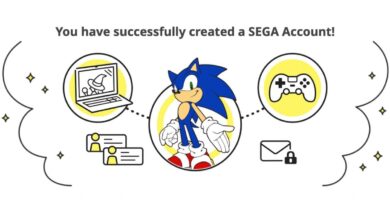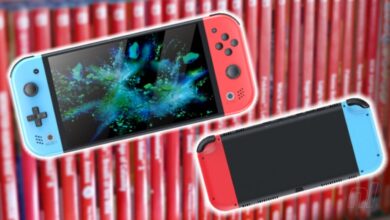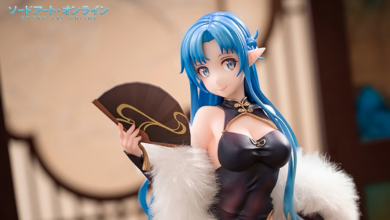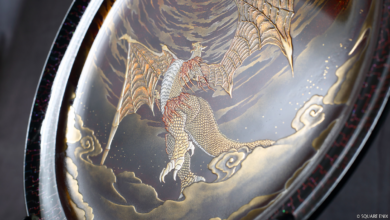“We tested 60fps in pre-production but the smoothness seemed unnatural”
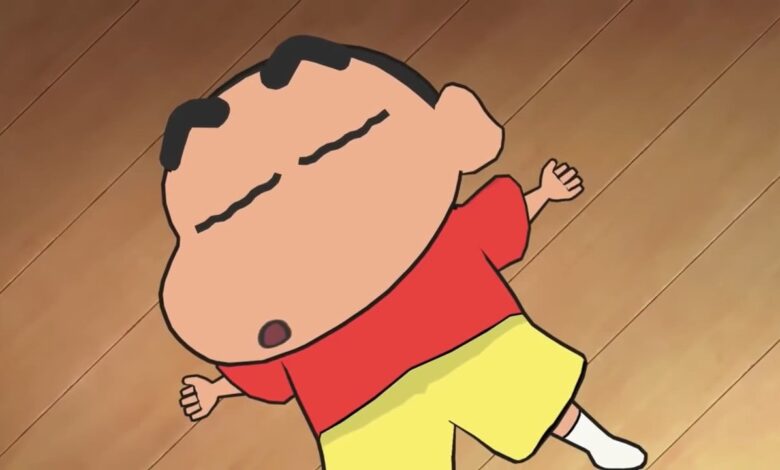
For you, how did the experience of working in the second section differ from the first?
Ayabe-san’s presence is a big difference. This time, his schedule didn’t allow for much participation, so I took the lead. One thing I am very conscious of is not making copies of Ayabe’s work. I wanted to honor his creative spirit, but at the same time, I needed to focus on pursuing something that I personally found fun and interesting. The game became a combination of the original scene in my memory and the essence of various works of entertainment that influenced me growing up.
Were there any lessons learned from the first game that helped guide your vision this time?
It’s hard to point to one thing, but an important lesson is to avoid telling too many ‘lies’. Of course, this game is fictional, but we built the setting and story as an extension of the everyday world where Shin-chan lives. One of our visions is to have just one main ‘lie’ or fiction structure, similar to a parallel world. This was also something we prioritized in the first game, thanks to advice from the anime team who have worked on countless Shin-chan projects.
Coal Town looks spectacular. What challenges did you face when transferring anime visuals to a 3D game environment? Is there anything from an art direction perspective that you found difficult to achieve with cel-shading?
With Hiro and the Coal Town, like the previous game, we aimed to respect traditional Japanese television animation production methods. We created the visual effects by layering shaded 3D models, animated with unique motion control technology, over hand-drawn backgrounds. As you know, Shin-chan doesn’t have a direct expression. He is very shy and tries to hide his expressions when he smiles. To recreate these unique characteristics with 3D shading modeling, we developed special motion controls.
From a performance perspective, Coal Town also feels significantly smoother on the Switch than the previous game. Can you talk about how the team achieved this?
We’re not aiming for high frame rates like modern games. This approach has been consistent since Me and the Professor in Summer Vacation because our goal was to recreate the texture of an animated television series.
In Japanese animation production, there is a technique called “limited animation,” in which about 8 images per second are used to represent the movement of 24 frames. Initially introduced for its effectiveness, it also contributes to the unique movement and rhythm of Japanese animation. We tested at 60 fps in pre-production, but the smoothness seemed unnatural, so we ultimately decided that around 30 fps was best.
You’ve been working with Crayon owner Shin-chan for quite some time now – what is it about the character of Shin-chan and his world that you find appealing?
Shin-chan, the main character, and other people in his world live seemingly normal lives but they are true to their own values. They seem to enjoy their life. Which of the characters we make an impression on depends on us, the audience, but watching their positive, carefree lifestyle also makes us feel happy.
The Bokunatsu model seems to be a great fit for Shin-chan – do you think there will be more entries in this mold, or do you plan for the next Shin-chan game to have something completely different?
This is not entirely up to me, but if given the opportunity, I would like to continue working in this form. I’m also already preparing ideas for when we can start making other games, not just Shin-chan.
Having developed titles for both mobile and consoles, do you notice many differences when working on different platforms? Do you miss anything while working on mobile projects?
Personally, I feel the difference is the same as television and movies. Mobile games are easy to try out in a ‘channel surfing’ style, while console games feel like something you bet on based on your preferences. Recently, games and movies are both available via subscription, which makes the choice easier, although I find it a bit sad.
Finally, what games have you been playing and enjoying lately, Switch or otherwise?
There are so many great games released every day, so I buy a lot of titles, but I don’t often get the chance to fully immerse myself in them. Recently, I’ve been spending some time enjoying The Legend of Zelda: Tears of the Kingdom.
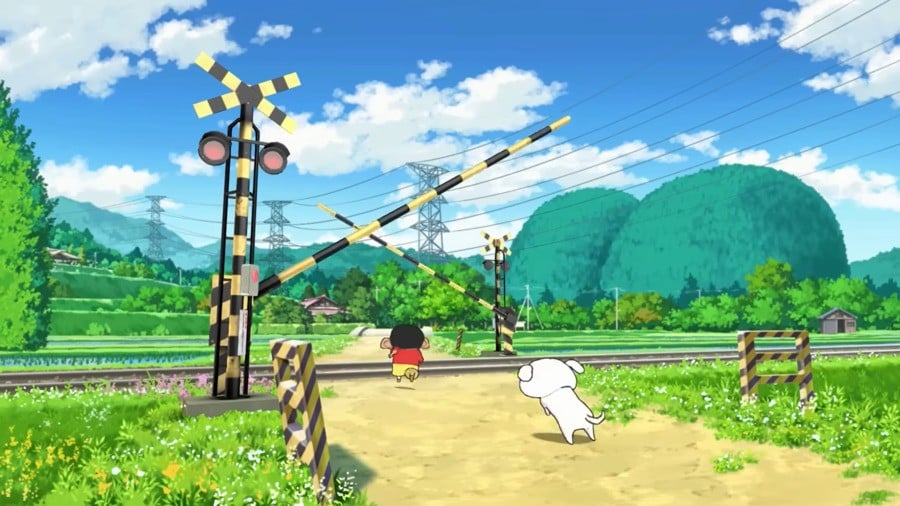
We would like to thank Nagashima-san for taking the time to answer our questions. Shin chan: Shira and the Coal Town launches on Switch eShop on October 24 — look out for our review closer.

